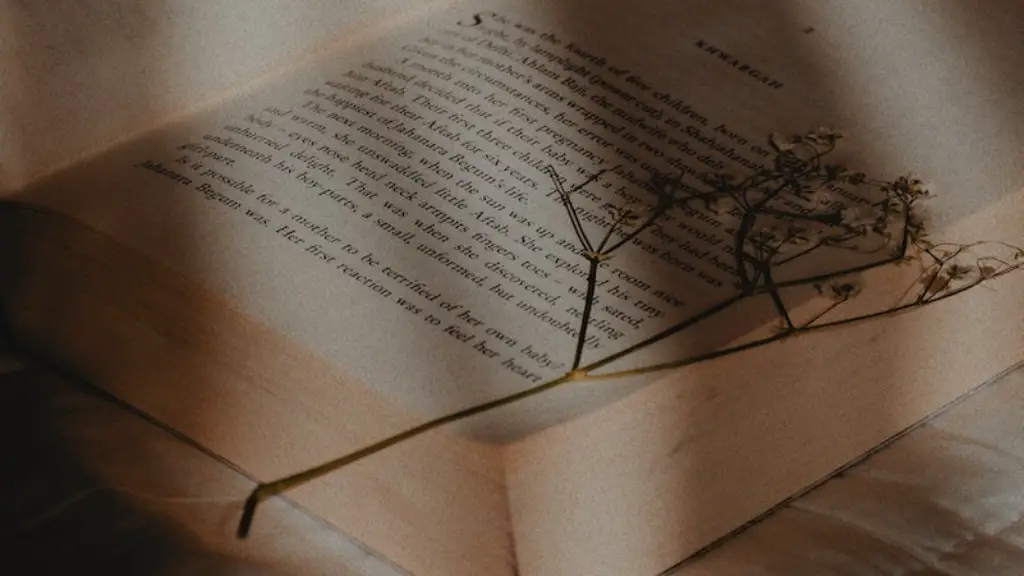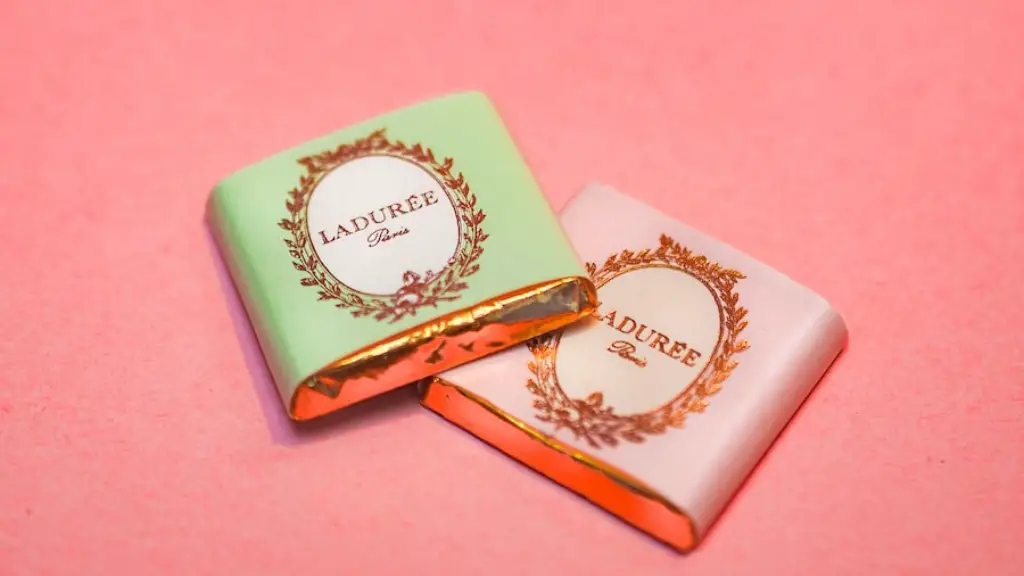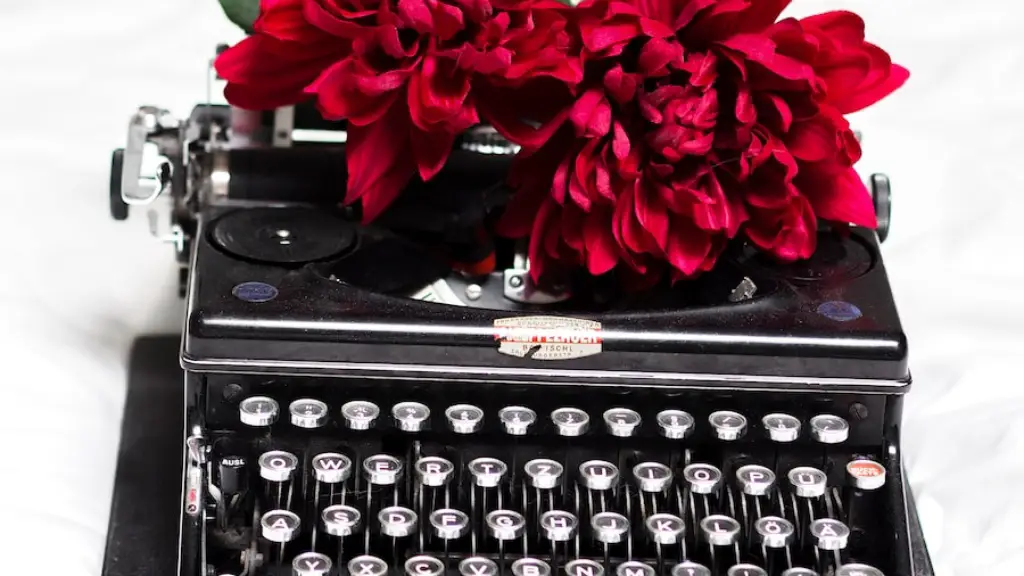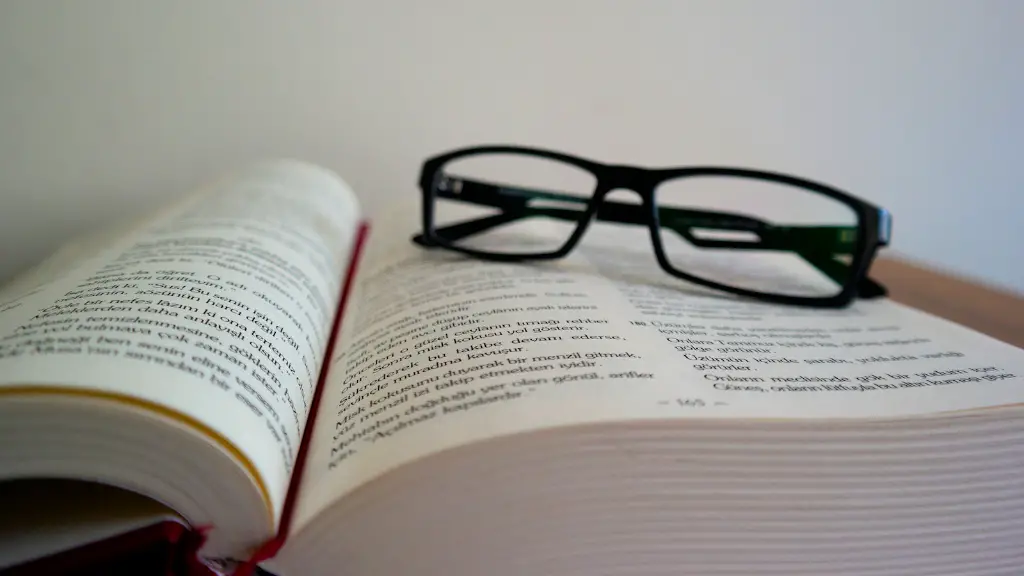History of Poetries
Poetry has been a unique, expressive form of art since the earliest days of civilizations. From ancient Sumer to the works of Homer and beyond, the complex and emotive language of poetry helped many cultures spread their stories and express their ideas. Despite the fact that it evolved into different forms, what all of them have in common is the focus on employing language in unique and imaginative ways to express emotions and capture experiences from a singular viewpoint.
However, over the centuries, many different genres of poetry started to emerge, each having its own specific purpose and structure. For example, rhyming poetry was often used to narrate stories, while other forms were chiefly written to express feelings and speak of the beauty of nature. It is possible to distinguish different divisions in poetry based on its structure, content, purpose, origin and historical influences.
Genres of Poetry
One way to categorize poetry is by its structural characteristics. Typical examples would be blank verse or free verse poetry, which have unrhymed lines and focus more on the imagery rather than form and meter.
Lyric poetry falls into the same category; it does not use the traditional structure of a poem and its main goal is to evoke a certain emotion or feeling. It could be about self-expression, personal emotions and experiences, or even about a story. Ode is another good example, often used to praise and honor an individual, event, or an abstract concept.
Narrative poetry is one of the oldest genres. It is characterized by its storytelling aspects, often told in first-person and inspired by real-life events. Some of the more famous examples include Dante’s Divine Comedy, epics written by Homer, and the Iliad.
Haiku is a traditional form of Japanese poetry characterized by its brevity, usually written using three lines of five, seven and five syllables each.
The origin of a poem is also significant when discussing its genre. For example, there is classical poetry, an inclusive term which can refer to any poem written prior to the 19th century. There is also Chinese poetry, which is considered as one of the oldest poetry forms in the world and dates back to the 11th century BC. Furthermore, American poetry is a continuous development of poetry in the English language over the course of several centuries.
Modern Poetries
The 21st century brought about several changes that influenced the way modern poetry is written. Contemporary poetry is often characterized by its use of popular culture and non-traditional elements. Some of its examples include spoken-word poetry, slam poetry and hip-hop.
However, the essence of poetry has remained unchanged over the centuries. It gives people a unique way to express themselves and their emotions. It is often used as a form of therapy, allowing individuals to explore different layers of their feelings, while providing them with a creative outlet in which they can explore their feelings and find solace.
Found and Visual Poetries
The past few years saw the emergence of some unusual types of poetry. Found poetry is a form of artistic expression in which texts are reused, often newspapers or open letters, and rearranged in order to create a poem. Visual poetry is a very interesting form of art, often involving the use of images, shapes, and colors in order to create a feeling of expression.
With the popularity of the internet, other modern forms emerged such as cyberpoetry, to refer to poetry written on the web, and procedural poetry, which refers to poetry generated by a computer.
Black Poetry
Over the years, certain communities have developed different forms of poetry to deal with issues such as racism, poverty, and other social issues. African-American poetry, for example, is one of the most popular genres and has many influential works by authors such as Langston Hughes, Maya Angelou or Nikki Giovanni.
Latin American poetry was also heavily influenced by historical and political events, with important works such as Pablo Neruda’s Canto General. Even postcolonial poetry became popular during recent decades, as more and more people started to express their thoughts and feelings about colonially-influenced countries.
Future of Poetries
The popularity of poetry has seen a revival in recent times, with poets such as Rupi Kaur becoming immensely popular and inspiring a whole new generation of writers. This new wave of authors is often referred to as Generation Z poets, as they are driven by creativity and emotion rather than structure and rules.
The main goal of these younger poets is to use their voices to speak out against injustice and express their experiences. Due to the popularity of the internet, new forms of writing have also seen a surge, often referred to as multimedia poetries, which usually involve writing accompanied by visuals, sound, or videos.
Women Poetries
The modern poetry movement has also been heavily influenced by the rise of feminism. Women’s poetry, which became popular during the 19th century, has seen a resurgence in recent years with the work of writers such as Adrienne Rich, offering a powerful alternative to traditionally male-centered literature.
The rise of women’s poetry led to a broader acceptance of female writers in the literary scene, with many publishers focusing on works written by women poets of color. It has allowed marginalized voices to come to light and speak out against oppression and inequality.
Interactive Poetries
Along with the advances in technology and the rise of social media, interactive poetry has seen a huge increase in popularity. Digital poetry is often used to engage readers and listeners with an interactive experience made possible by interactive elements such as sound, visuals, and movement.
Interactive poetry often relies on collaboration and encourages creative expression. It allows people to become part of a creative experience, either by inviting readers to share their thoughts and experiences or by allowing users to make their own interactive contributions.
Conclusion
The many different poetries offer countless opportunities for creativity and self-expression. From traditional forms to modern approaches like interactive poetry, there is something for everyone when it comes to exploring and expressing one’s feelings. It is up to the poet to decide which method they prefer and which genre they will use to convey their thoughts and emotions.





